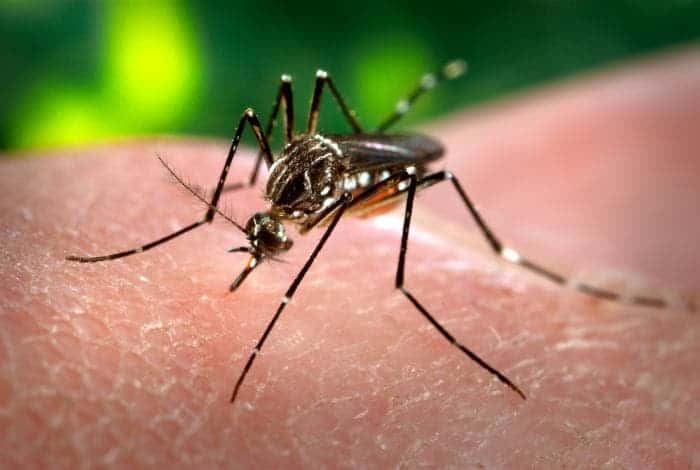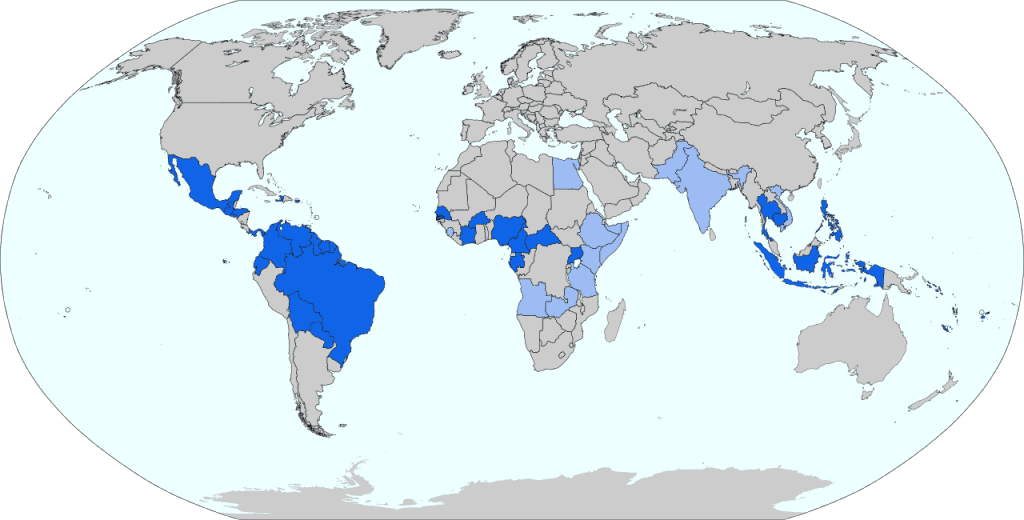The World Health Organization (WHO) recently declared a state of emergency following the Zika outbreak in South America. The virus was thought to be almost benign and doesn’t cause big problems. Hospitalization is almost never necessary, but Zika provided a nasty surprise. It became obvious that the disease causes birth defects such as microcephaly… but we don’t really know why. It’s one of those rare cases when there’s no causal relationship established, but the evidence is undeniable.

Dr. Yoel Sadovsky, a Professor of Obstetrics, Gynecology and Reproductive Sciences, University of Pittsburgh said:
“We know very little about how Zika virus infection occurs during pregnancy and how it causes birth defects. However, what we do know from other viral infections during pregnancy is that there are several steps that are needed for viruses to affect the fetus. The first is to get into the mother’s body and then to infect or cross the placenta. At that point, the virus can enter a specific fetal compartment such as neurons which could potentially lead to a defect such as microcephaly. Alternatively the virus can remain in the placenta and may affect development of the fetus by disrupting placental function.”
She went on to discuss the ways mechanism through which the virus can infect babies in their mothers’ wombs.
“We know that the virus can get into the mother’s body through blood, airborne pathways or other means. In the case of Zika the mosquito bite transmits the virus into the mother’s blood. Once in the blood, the virus may potentially get through the placenta or infect cells which will carry the virus across the placenta. This is how cytomegalovirus which also causes birth defects, works.
“There is one other mechanism through which a virus could infect the fetus known as ‘ascending infection.’ In this case if a virus is present in the vagina, during the delivery process or after a rupture of membranes the virus can infect the baby within the birth canal. This has is believed to occur in HIV infection. However, this seems unlikely for Zika.”It is possible that Zika infection causes birth defects during the first trimester, as many of the steps involving organ development are early pregnancy events. This is especially true for heart and brain development. Infection during the third trimester may be less likely to affect the fetus because many of the organs are already developed. It is also possible that the placenta is more competent to withstand infection in the third trimester.

Dr. Alyssa Stephenson-Famy, Assistant Professor at the Department of Obstetrics and Gynecology, University of Washington detailed:
“Maternal infection either by a parasite, virus or bacteria eventually leads to the infectious agent entering the blood which can then infect the organs. Placental infection (which may persist even after the virus is cleared from the maternal blood and other organs) can either lead to spread of the virus to the fetal blood circulation or to the amniotic fluid surrounding the fetus which can then lead to fetal infection. Subsequently, the virus probably has certain fetal tissues that it may preferentially infect and destroy. For example the cytomegalovirus infects brain and digestive tract, parvovirus infects the bone marrow and rubella infects lens tissies leading to cataracts, etc.
“Zika is an interesting issue for us in maternal fetal medicine, because we have a few classic viral infections, like cytomegalovirus (CMV) which cause microcephaly and birth defects. CMV can be devastating to babies and fetuses but fortunately there is a relatively high rate of CMV immunity in the reproductive aged female population so primary acquisition of CMV in pregnancy is uncommon. What worries me about Zika virus is that it appears to cause similar growth issues, microcephaly and potentially other congenital issues, but in a population who has not been exposed to Zika virus and has no immunity. Globally mosquito born illnesses are either common (such as malaria) or rare (such as dengue) but with totally variable capacity to cause maternal illnesses, pregnancy complications or infect the placenta. I am not sure we have a good paradigm to use when thinking about Zika virus for this reason. Other than advising pregnant women not to travel to Zika reported areas and to look for evidence of microcephaly if they have visited one of these countries, we don’t have any robust ways to deal with this current epidemic as there is no vaccine or treatment available.”
Dr. Sasha Zivkovic, Associate Professor of Neurology at the University of Pittsburgh Medical Center said we shouldn’t rush to conclusions.
“The exact mechanism of an autoimmune reaction targeting peripheral nerves following an infection is not completely understood but it probably involves a molecular mimicry where the body’s immune reaction to bacteria or viruses may falsely recognize peripheral nerves as their target due to molecular similarity of the infectious agent with different components of peripheral nerves. Recent reports show that an infection with Zika virus may also precede Guillain–Barré syndrome, and initial studies from French Polynesia suggest that there may be an increased risk of Guillain-Barre syndrome when compared to other viral infections. There are ongoing studies in Brazil and French Polynesia trying to characterize the risk of post-Zika Guillain–Barré syndrome. The underlying mechanisms are still unclear and being investigated, but we can presume that it is similar to molecular mimicry described with other viruses that can trigger Guillain–Barré syndrome.”
The main take-away is that we don’t really know why this is happening – which is all the more reason to stay safe. Avoid traveling to countries caught in the outbreak. Also, getting pregnant in one of these countries (or traveling there as a pregnant woman) seems like something that should be avoided for the time being.






